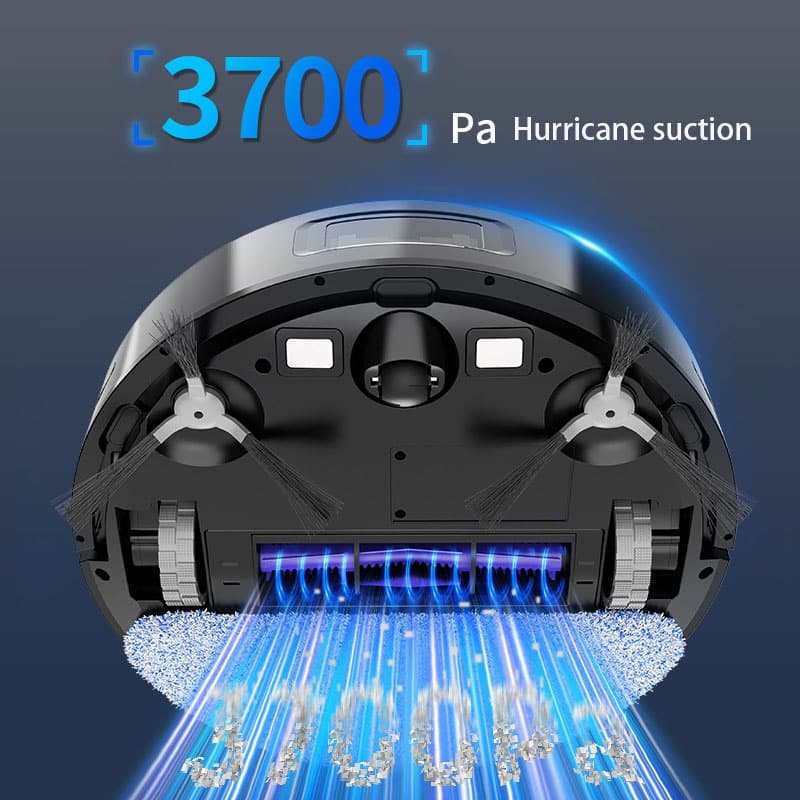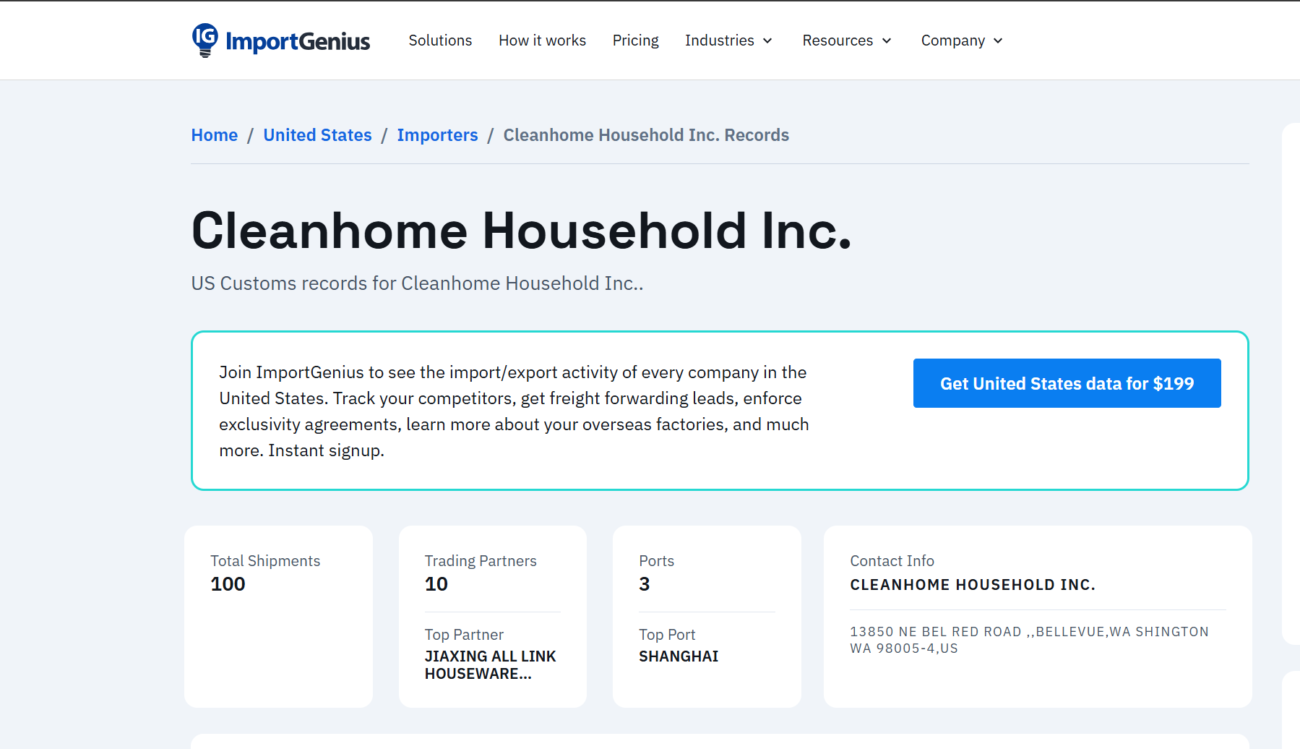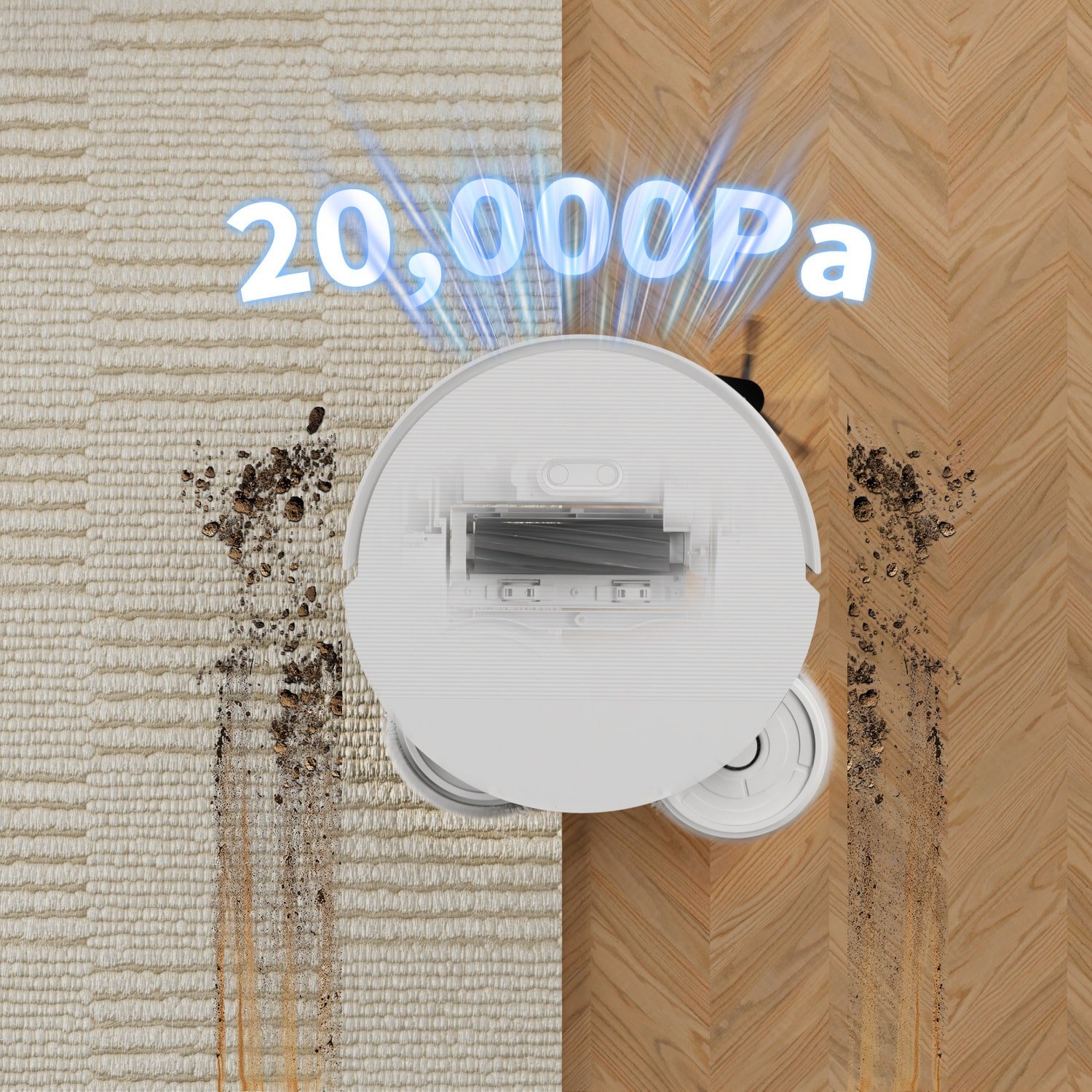For businesses importing vacuum cleaners to the US, one of the most critical questions from consumers is, (What is the right suction power for a vacuum cleaner?). American homes are diverse, with a mix of carpets, hard floors, and, very often, pet hair. Stocking the wrong products can lead to returns and unhappy customers. This guide will help you, as a B2B buyer, understand suction power specifications to make informed purchasing decisions and meet market demand effectively.
Customer Pain Points: The Confusion Over Suction Power
US consumers are often overwhelmed by technical jargon. They see terms like “Air Watts” (AW), “Pascals” (Pa), and “water lift” but don’t know what they mean for their homes. The main pain points you can address as an importer are:
- Ineffective Cleaning: Vacuums with insufficient power leave dirt and pet hair embedded in carpets.
- Product Returns: Customers return vacuums that don’t meet their expectations, hurting your bottom line.
- Inconsistent Performance: Sourcing from an unreliable supplier can lead to products with inflated suction power claims, damaging your brand’s reputation.
Solution: Matching Suction Power to American Homes
The solution is to partner with a knowledgeable supplier who can guide you toward the right products for your target market. A robust supply chain ensures you get consistent quality. For the US market, here’s a simple breakdown:
Low to Medium (100-500 AW): Suitable for small apartments with mostly hard floors or low-pile rugs.
Medium to High (500-800 AW): Ideal for the average American home with a mix of carpets and hard floors.
High-Power (800+ AW): Necessary for large homes with thick carpets, or for answering the common long-tail question: “What’s the best vacuum cleaner for pet hair?” (What is the best vacuum cleaner for pet hair?). These models handle deep-down dirt and stubborn pet hair with ease.

Technical Parameters: Understanding the Numbers
When evaluating products from a supplier, focus on these key technical parameters. ISO certification is a strong indicator that these measurements are accurate and reliable.
- Air Watts (AW): This is the most practical measurement for overall cleaning performance, combining suction and airflow. For the US market, aim for models with a range of 200-800 AW.
- Pascals (Pa): Commonly used for robot vacuums. For effective cleaning, look for models with at least 2000 Pa.
- Filters: High suction is wasted without a good filter. HEPA filters are a must-have feature for the US market to trap allergens.
- Quality Assurance: Always choose a supplier with ISO certification to ensure that the advertised power matches the real-world performance. This reduces the risk of returns.
Client Case Study: Success with the Right Supplier
“CleanHome Imports,” a US-based company, struggled with high return rates on their vacuum cleaner lineup. They partnered with us, a supplier with a transparent supply chain and ISO certification. We analyzed their target market and recommended a range of models with verified suction power from 350 AW to 900 AW. By clearly marketing the “Pet Power” 850 AW model as the answer to “What’s the best vacuum cleaner for pet hair?”, they saw a 30% increase in sales of premium models and a significant reduction in returns. Our flexible OEM services also allowed them to customize the designs for American consumers.



